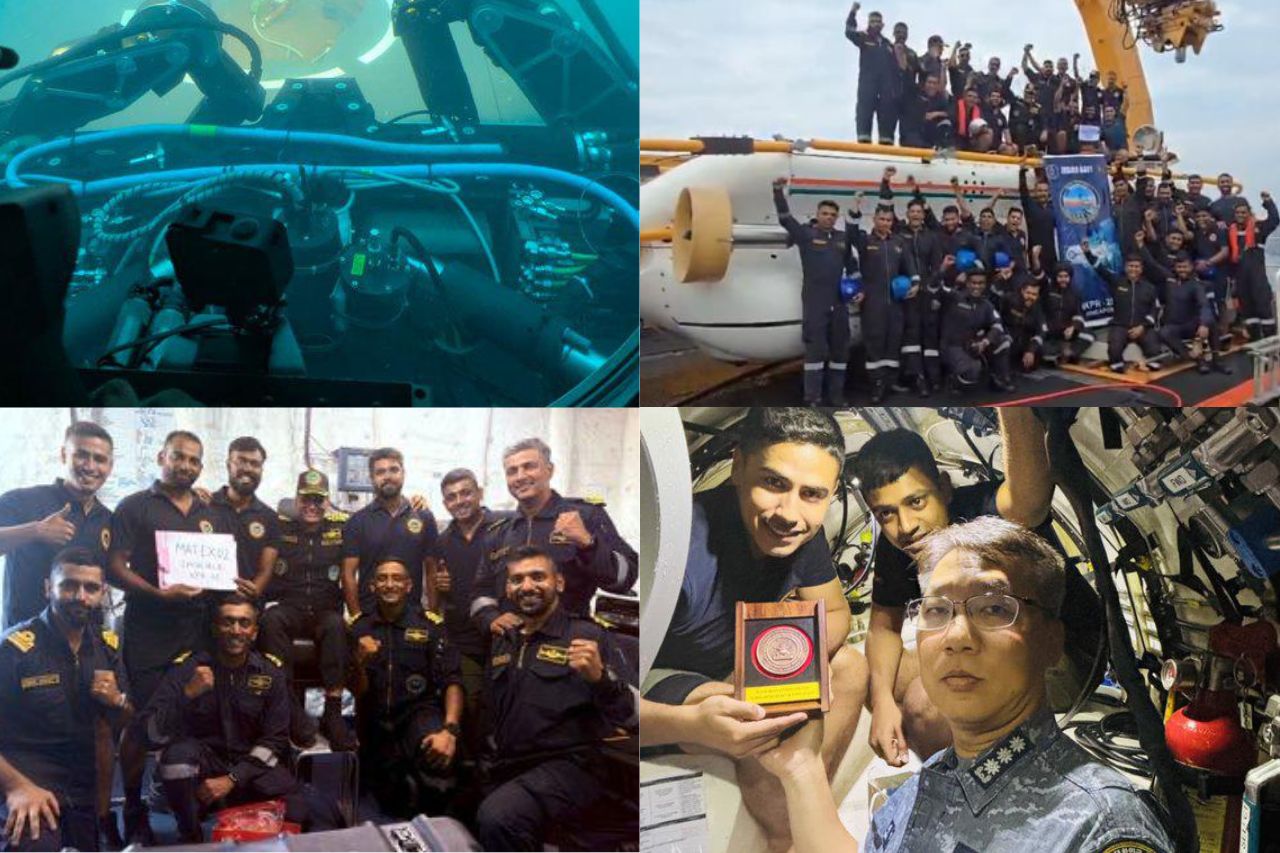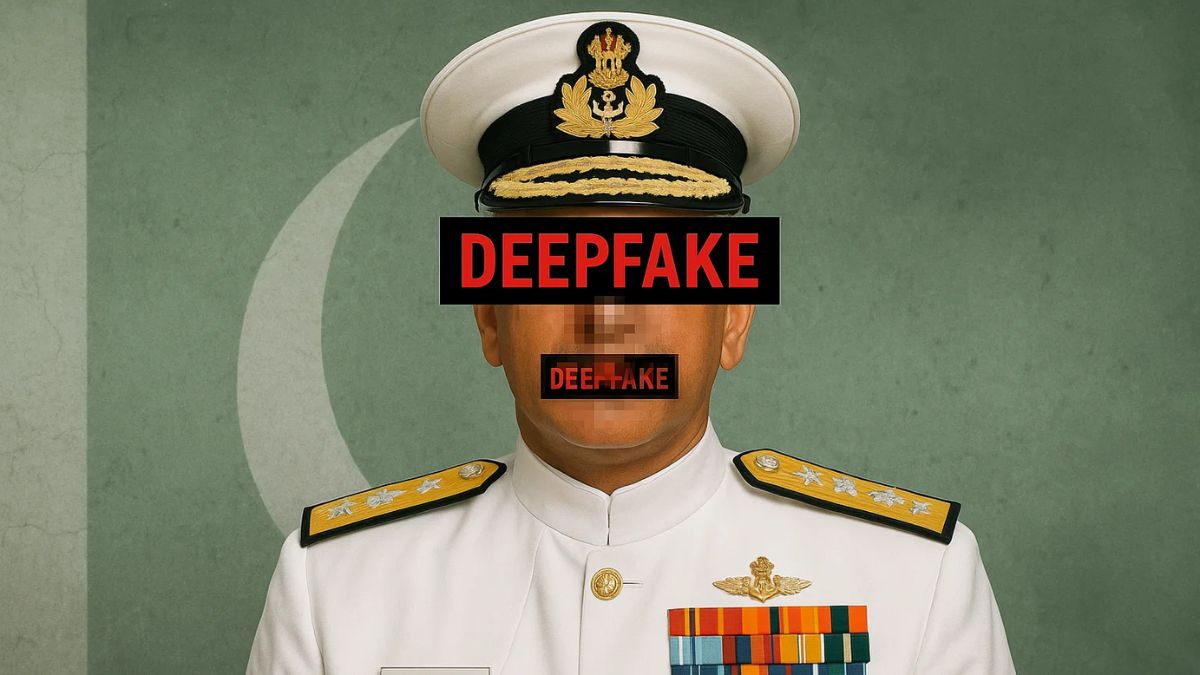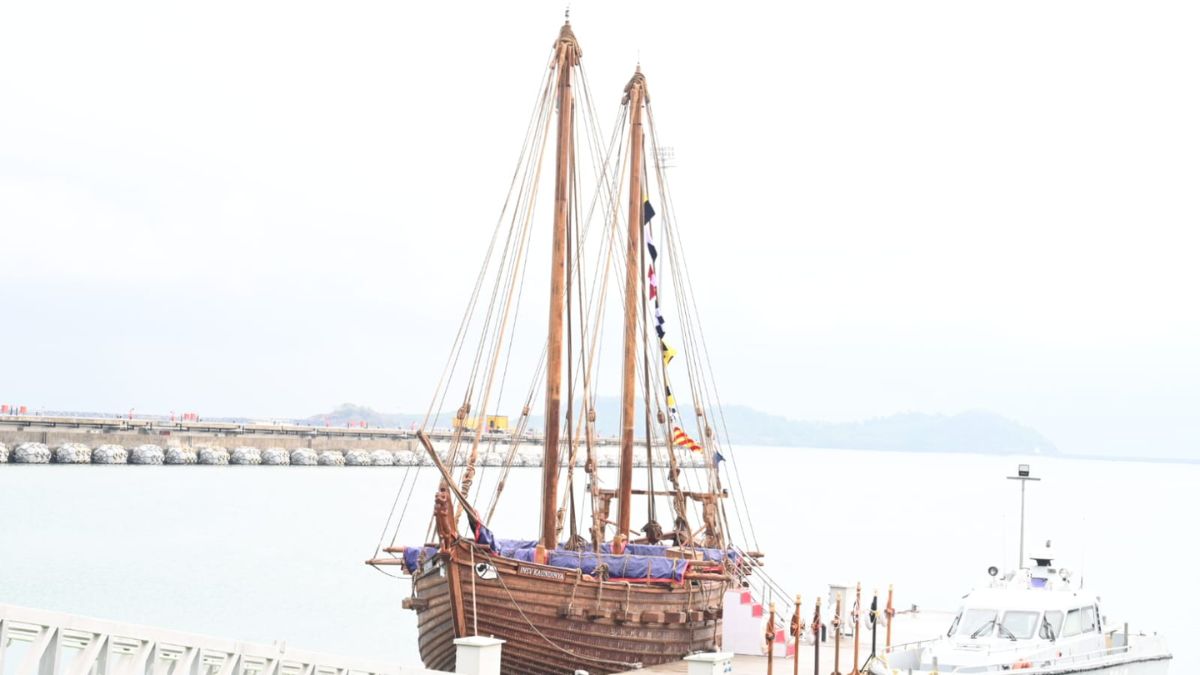Indian Navy Achieves Maiden Submarine Rescue ‘Mating’ In South China Sea During Pacific Reach Exercise

Indian Navy marks a historic first in the South China Sea, as INS Nistar and its crew achieve maiden submarine rescue “mating” during Pacific Reach 2025, showcasing India’s growing maritime strength and global undersea rescue capability. Image courtesy: X.com/@indiannavy
In a significant milestone for India’s maritime capabilities, the Indian Navy has successfully carried out its first-ever ‘mating’ with foreign submarines during Exercise Pacific Reach 2025 (XPR-25) in the South China Sea, officials confirmed on September 27, 2025.
The achievement marks India’s growing expertise in submarine intervention and rescue operations on the global stage.
What is ‘Mating’ in naval parlance?
‘Mating’ in naval terminology refers to the successful linking of systems from two or more vessels or platforms to enable rescue or support operations.
The exercise, hosted by Singapore and held biennially, began on September 15 and involves over 40 nations as participants or observers, the Indian defence ministry earlier noted.
INS Nistar, operating under the Eastern Fleet, had arrived at Changi port in Singapore on September 14 to join the exercise. As part of the sea phase, the Navy’s indigenously designed Diving Support Vessel (DSV) and Submarine Rescue Unit (East) engaged in multiple complex intervention and rescue operations with multinational assets.
“Indian Navy successfully achieved maiden mating with foreign submarines in South China Sea during XPR-25, conducting the full spectrum of intervention and rescue operations,” an official statement said.
Why is this a significant naval capability?
Over three days, the Indian Navy executed three successful submarine “mates,” including advanced Remotely Operated Vehicle (ROV) operations.
“The milestone underscores our readiness, interoperability, and commitment to global submarine rescue, proving India as a dependable maritime partner and proactive contributor to regional safety and humanitarian response at sea,” a naval officer added.
The feat comes after India inducted two state-of-the-art Deep Submergence Rescue Vessels (DSRVs) between 2018 and 2019, one for each seaboard. These advanced platforms can conduct rescue missions at depths of up to 650 meters, placing India among a select group of countries equipped with dedicated submarine rescue systems.
Defence officials highlighted that the achievement not only boosts India’s operational credibility in submarine rescue missions but also strengthens its strategic partnerships across the Indo-Pacific region. Participation in XPR-25 further underscores India’s commitment to enhancing collective maritime security, safety, and humanitarian response efforts.
By successfully demonstrating its submarine rescue interoperability with foreign navies, India has reinforced its position as a reliable maritime security partner, capable of contributing effectively to global undersea safety and crisis response.







